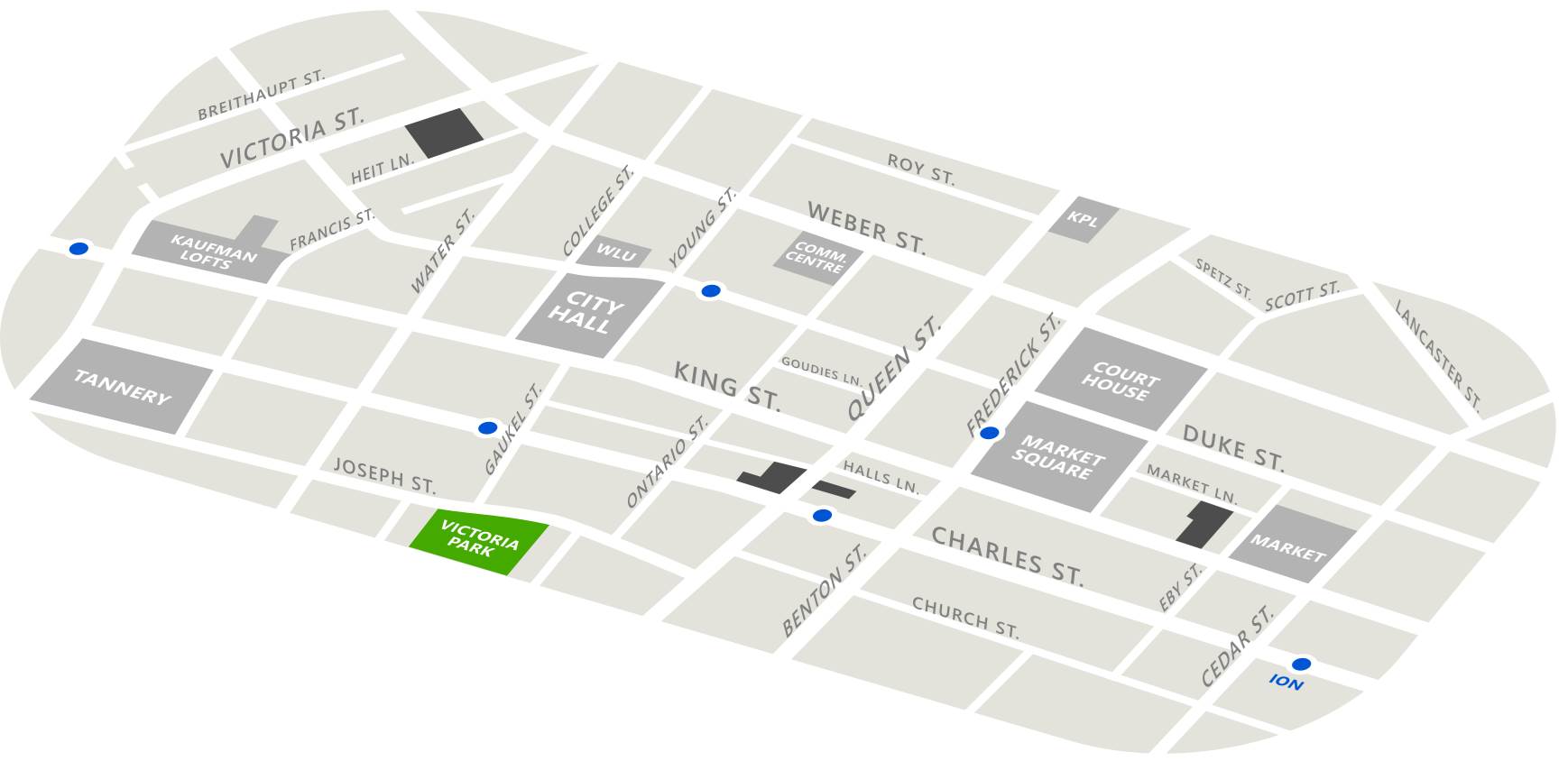By Riko Winterle
Published December 2003
After attending a production of PROOF by Pulitzer winning author David Auburn at Theatre & Company, I am writing this review for three reasons: I am a mathematician, I suffer from mental illness and I also aspire to create art.
In my opinion the acting performance of all four actors was commendable. But I am most endeared by Hal’s (Michael Peng) ability to come across as a real person, rather than just an actor on stage.
But if the play is to be deemed a success the proof has to come from the pudding… the playwright’s script. I suppose that if Mr. Auburn won the Pulitzer, I am in a very poor position to argue he in some ways went amiss. But just as a mathematical theorem may be both correct and very significant its proof may still be lacking!
This is what I think Auburn was trying to show:
That a person may have a mental or biological deficiency but that does not necessarily make them nuts. They could, in fact, be highly perceptive about the circumstance around them.
That a rational person (wasn’t Claire, Catherine’s sister, the currency analyst and financial guru of the family, the most rational of all the four) can also be more unfeeling, more manipulative and lacking in insight about the true purpose and duty of life.
That mathematicians (Robert, Catherine, Hal) are not necessarily clumsy social nerds. They had a passion for beauty coming from elegance, and a high appreciation for true acts of kindness not expressed by rote. Claire’s emotions seemed to only run high in the heat of anger.
That genius may lurk where you least expect it!
But, I feel confident that Auburn’s ‘Proof’ was that although the epitome of a demonstration of trust may be a mathematical proof, it is trust that we should, in the final analysis, place our heaviest dependency.
Succinctly, we should palace most of our trust in our trust.
